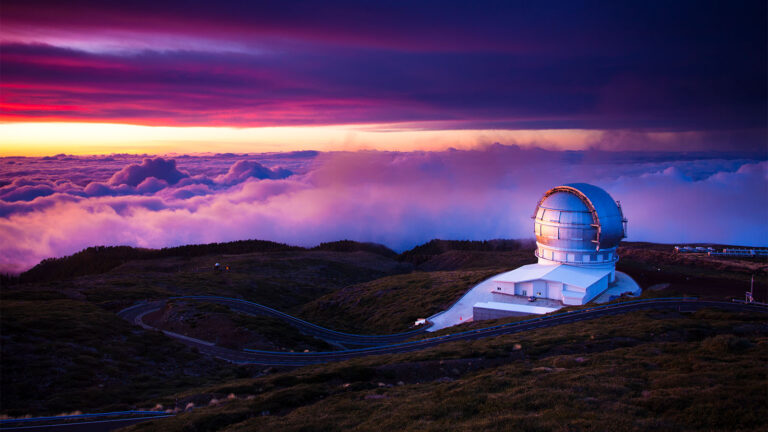Stay Up to Date
Submit your email address to receive the latest industry and Aerospace America news.
AIAA Announces its Class of 2024 Honorary Fellows and Fellows
AIAA congratulates its newly elected Class of 2024 Honorary Fellows and Fellows. The class will be inducted during a ceremony on Tuesday, 14 May, in Washington, DC, and celebrated during the AIAA Awards Gala on Wednesday, 15 May, at The John F. Kennedy Center for the Performing Arts, Washington, DC.
Honorary Fellow is AIAA’s highest distinction, recognizing preeminent individuals who have made significant contributions to the aerospace industry and who embody the highest possible standards in aeronautics and astronautics. In 1933, Orville Wright became the first AIAA Honorary Fellow. Today, 242 people have been named AIAA Honorary Fellow.
2024 AIAA Honorary Fellows
• Hitoshi Kuninaka, Institute of Space and Astronautical Science / Japan Aerospace Exploration Agency (JAXA)
• John S. Langford III, Electra.aero
•Azad M. Madni, University of Southern California
• Christopher Scolese, National Reconnaissance Office
AIAA confers Fellow upon individuals in recognition of their notable and valuable contributions to the arts, sciences or technology of aeronautics and astronautics. Nominees are AIAA Associate Fellows. Since the inception of this honor 2,064 persons have been elected as an AIAA Fellow.
2024 AIAA Fellows
• Igor Adamovich, Ohio State University
• Stephen Blanchette Jr., The Aerospace Corporation
• Ruxandra M. Botez, École de technologie supérieure (ÉTS)
• Robert D. Cabana, NASA Headquarters (retired)
• John R. Chawner, Pointwise (retired)
• Charles J. Cross, U.S. Air Force Research Laboratory
• Misty Davies, NASA Ames Research Center
• Srinath Ekkad, North Carolina State University
• Edward H. Gerding, The Boeing Company
• John Mace Grunsfeld, Endless Frontier Associates LLC
• Richard Hofer, NASA Jet Propulsion Laboratory, California Institute of Technology
• Yiguang Ju, Princeton University
• Joseph Majdalani, Auburn University
• Richard Mange, Lockheed Martin Corporation
• J.D. McFarlan III, Lockheed Martin Corporation
• Mehran Mesbahi, University of Washington
• Clayton Mowry, Voyager Space / International Astronautical Federation
• Alison Nordt, Lockheed Martin Space
• Daniella Raveh, Technion – IIT
• Gregory W. Reich, U.S. Air Force Research Laboratory
• Katherine Rink, MIT Lincoln Laboratory
• Donna Cowell Senft, Air Force Global Strike Command
• Jeffrey P. Slotnick, The Boeing Company
• S. Alan Stern, Southwest Research Institute
• John Tylko, Aurora Flight Sciences, A Boeing Company
• Craig Wanke, The MITRE Corporation
• Annalisa Weigel, Fairmont Consulting Group
• Lesley A. Weitz, The MITRE Corporation
AIAA Announces 2024 Premier Award Winners
AIAA is pleased to announce the 2024 recipients of its most prestigious awards, recognizing the most influential and inspiring individuals in aerospace whose outstanding contributions merit the highest accolades.
Presentation of the 2024 AIAA premier awards and recognition of the Institute’s Class of 2024 Honorary Fellows and Fellows will take place at the AIAA Awards Gala, 15 May, The John F. Kennedy Center for the Performing Arts*, Washington, DC. The winners are:
AIAA Award for Aerospace Excellence
U.S. Air Force Combat Artificial Intelligence (AI) Technology Demonstration Team. “For demonstrating AI piloting the XQ-58A Valkyrie uncrewed jet aircraft, building on previous demonstrations with a crewed (F-16) VISTA X-62A, but taking it one step further to a full demonstration, and amplifying the importance of military government partnerships with industry and academia.”
AIAA Public Service Award
Leland D. Melvin, Former NASA Astronaut, Leland Melvin LLC. “For tirelessly promoting STEAM and aerospace to young people of all demographics by word and personal example.”
AIAA Reed Aeronautics Award
Mark S. Miller, Leidos, Dynetics Group. “In recognition of contributions to engineering advancement of grid fin aerodynamic control technology from seminal research through pervasive technology adoption into flight systems including reusable launch vehicles.”
AIAA Distinguished Service Award
Paul D. Nielsen, Software Engineering Institute, Carnegie Mellon University. “For outstanding and distinguished leadership and service to AIAA and to the aerospace profession over the past four decades.”
AIAA International Cooperation Award
Jean-Yves Le Gall, CNES (Centre National d’Etudes Spatiales), ESA Council (European Space Agency), Arianespace, IAF (International Astronautical Federation). “For extraordinary contributions and leadership, and for major collaborations with the international community in the development and operation of space missions for scientific and civil applications.”
AIAA Engineer of the Year Award
Kurt Polzin, NASA Marshall Space Flight Center. “For inspired technical leadership as Chief Engineer of NASA’s Space Nuclear Propulsion Project, positioning the nation to rapidly mature, demonstrate, and use nuclear propulsion systems.”
AIAA Goddard Astronautics Award
W. Michael Hawes, Lockheed Martin Space (retired). “For a lifetime of contributions to the design, manufacturing, and operations of human space flight programs including the Space Shuttle, International Space Station, and Orion.”
AIAA Lawrence Sperry Award
Michelle N. Banchy, NASA Langley Research Center. “For exceptional technical contributions in the field of aerodynamic design toward the development and application of natural laminar flow systems.”
AIAA/ASME/SAE/VFS Daniel Guggenheim Medal
Michimasa Fujino, Honda Aircraft Company. “For technical innovation and leadership in conceiving, designing, and bringing HondaJet to a leading position in the business jet market.”
For more information on the AIAA Honors and Awards Program, contact Patricia A. Carr at [email protected].
*Note: this event is an external rental presented in coordination with the Kennedy Center Campus Rentals Office and is not produced by the Kennedy Center.

Introducing the New Board of Trustees and Council of Directors Members
In January the Board of Trustees elected three new Members–At-Large who will begin their three-year terms in May.
• Nancy Andersen
• Todd Mosher
• Cheryl O’Keefe
• Ben Linder also was elected to fulfill an unexpired term.
Also in January, the Council of Directors held the election for Speaker. Dan Jensen was elected and will begin his three-year term in May.
Get to Know Our New Board
and Council Members
Board of Trustees Members–At-Large
Nancy Andersen, Johns Hopkins University Applied Physics Laboratory
Andersen is currently an Assistant Program Manager supporting the Air Force Health and Human Performance program within the Global Health Mission Area at Johns Hopkins University Applied Physics Laboratory (APL). She earned a B.S. in Aerospace Engineering from the University of Cincinnati and an M.S. in Aerospace Engineering from the University of Maryland. At APL, Andersen has had the opportunity to support many sponsor domains with her expertise in systems engineering and project management, including efforts focused on military readiness and resilience, supply chain illumination and vulnerability analysis, video surveillance systems, systems architectures, nuclear detection, independent assessments, and independent research and development. Outside of APL, her career has included holding various technical and leadership positions at Lockheed Martin Space Systems Company supporting the Navy’s Nuclear Weapons Security, Fleet Ballistic Missile D5 Life Extension, Reentry Systems Engineering, Defensive Missile Systems Multiple Kill Vehicle, and Wind Tunnel testing. Andersen is an AIAA Fellow and has been actively involved with AIAA for over 30 years.
Ben Linder, Boeing Commercial Airplanes
Linder is Vice President, 777 Chief Project Engineer (CPE) within Boeing Commercial Airplanes (BCA). He is responsible for overall product integrity and safety of 777 airplanes. He manages design requirements, authorizes design changes and airplane configurations, and assures design quality and regulatory compliance. Previously, Linder held leadership positions as 777/777X Director of Engineering, Director of Propulsion Systems Engineering, Director of Flight Sciences, 777 Fleet Support Chief Engineer, Chief Engineer of Aerodynamic Characteristics and Flight Performance, 777 Safety, Certification and Performance Senior Manager, and Everett (747/767/777) Airplane Safety Engineering manager. Linder joined Boeing as an Aerodynamics Engineer where he enjoyed assignments ranging from product development, sales support, flight test, certification, and fleet support. He received his Bachelor of Science in Aeronautical and Astronautical Engineering from Purdue University, his Master of Science in Aeronautics and Astronautics Engineering from the University of Washington, and his Master of Business Administration from Seattle University. He is involved with AIAA, American Society for Engineering Education (ASEE), and formerly with Snohomish County Science, Technology, Engineering and Math (STEM) Executive Board. Linder enjoys continuous learning in the areas of aviation, international business, and engineering. He resides with his family in the Puget Sound area of Washington and enjoys sports, fast cars, gastronomy, being outdoors, and travel.
Todd Mosher, Blue Origin
Mosher is a Director at Blue Origin, leading a team formulating tomorrow’s space missions and systems. He has over 30 years of experience working in the aerospace industry and serving as a faculty member at three universities. He has directed the design of human spaceflight and robotic spacecraft projects providing technical authority and program management through the full product lifecycle. Mosher earned a Ph.D. and M.S. in aerospace engineering from the University of Colorado, an M.S. in systems engineering from the University of Alabama in Huntsville, and a B.S. in aerospace engineering from San Diego State University. An AIAA member since 1987, Mosher will serve his second consecutive term on the AIAA Board of Trustees. AIAA has given him opportunities for professional growth as a student, author, speaker, leader, advisor, and awardee with a diverse range of experiences working throughout the organization. In January, Mosher was chosen to be part of the 2024 class of Presidential Leadership Scholars; the program enables Scholars to learn about leadership through the lens of the presidential experiences of George W. Bush, William J. Clinton, George H.W. Bush, and Lyndon B. Johnson.
Cheryl O’Keefe, MIT Lincoln Laboratory
O’Keefe is a Technical Staff at MIT Lincoln Laboratory splitting her time between systems analysis and rapid prototyping for national defense since 2014. She earned her B.S. in Chemical Engineering from the University of Arizona in 2012, and her M.S. in Aerospace Engineering with an emphasis in Fluid Dynamics and Propulsion from the University of Colorado Boulder in 2014. O’Keefe is a former AIAA student liaison and young professional advisor to the Board of Trustees, as well as a member of the Young Professional Group.
Council of Directors Speaker
Dan Jensen, Rolls-Royce
Jensen is currently a senior engineering manager at Rolls-Royce in Indianapolis and has held engineering leadership roles there since 1999. Prior to that, he held engineering roles at Rolls-Royce since 1995 after beginning his career at Boeing in 1989. During his career, he has worked in aerodynamics, fluid dynamics, heat transfer, propulsion installation analysis, engine control systems, project management, technology development, product definition and in-service support. He has been a member of AIAA for 38 years, beginning as a college student in 1985. Over the years, he has been active in a student branch, professional section, technical committees, and standing committees. Jensen has served as Chair of the Indiana Section, Chair of the Emerging Technologies Committee, Director of Region III, Chief of the Regional Engagement Activities Division, and a member of the Council of Directors. He has authored and presented a number of AIAA papers and is an AIAA journal co-author. He is an Associate Fellow and a life member. Jensen received a NASA “Turning Goals Into Reality” Award in 2005, AIAA Special Service Citations in 2006 and 2019, the Distinguished Alumni Award from the University of Illinois Aerospace Engineering Department in 2013, and the Jeffery W. Moss Outstanding Leadership Coach Award from the Illinois Leadership Center in 2016.

Making an Impact: Design/Build/Launch Takes Flight
As part of the Design/Build/Launch (DBL) program, two AIAA-sponsored student experiments flew on the 19 December launch of Blue Origin’s New Shepard rocket to see the effects microgravity would have on them.
The 2020 winner, Eleanor Sigrest, is now a Junior attending Stanford University. Her payload “Stardust” tested a new technique to manage fluids and slosh in microgravity. Eleanor is reviewing the data and looking forward to presenting her findings at a future AIAA event.
The 2021 winning team, Puneeth Bheesetty, Anna Porter Puckett, and Jaden Shawyer (graduates of Granby High School, Norfolk, VA), tested their payload “Acoustic Levitation,” in an attempt to demonstrate levitation of a metal ball in space.
The AIAA and Blue Origin partnership on DBL was created to incite innovation within the next generation of aerospace professionals and focused on experimental payloads designed to study short-duration microgravity effects. To learn more about the program, visit aiaa.org/dbl and sign up for updates.
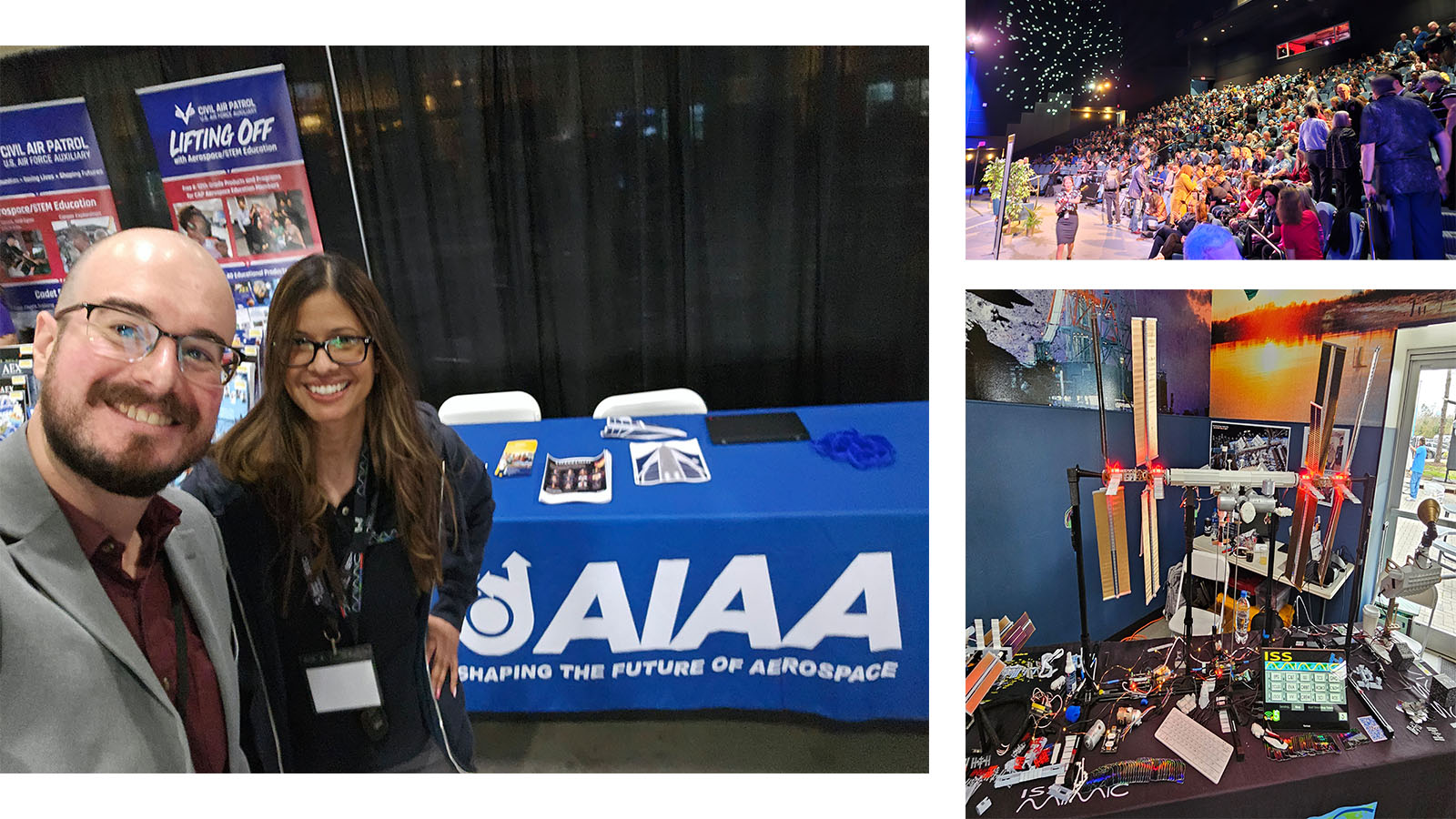
Making an Impact: AIAA Connects with Educators at SEEC
The 30th annual Space Exploration Educators Conference (SEEC) was held 8-10 February, at Space Center Houston. This one-of-a-kind conference brought together over 500 educators with a passion and interest in teaching space-related topics.
Each day of the event opened with a world-class keynote presentation. The speakers included Gamaliel Cherry and Mike Kincaid from NASA’s Office of STEM Engagement, Mamta Patel Nagaraja from NASA’s Office of the Chief Scientist, Michael Edmonds from Blue Origin and Club for the Future, and an inspiring panel of astronauts who are also educators, featuring Megan McArthur, Barbara Morgan, Dorothy Metcalf-Lindenburger, and Joe Acaba.
This year’s SEEC also featured a delegation of educators from Central and South America, and sessions offered in both English and Spanish. In addition to presentations by and for educators, the conference also had a robust exhibit hall with organizations (including AIAA) offering resources, materials, and free benefit information to attendees.
For more details on SEEC, visit spacecenter.org/education-programs/educator-resources/seec.
Classroom Grants
The AIAA Foundation recently awarded a total of $40,000 in Classroom Grants to 80 educators. Each $500 grant directly supports STEM-related classroom projects or activities with an emphasis on aerospace. Recipients ranged from kindergarten to high school educators and represented 32 different states as well as three countries (USA, Colombia, Nigeria). AIAA Foundation Classroom Grants are made possible by a sponsorship from Boeing.
AIAA Grants Provisional Charter to Four New Student Branches
AIAA is excited to announce that four new universities were provisionally chartered as AIAA student branches during meetings held at AIAA SciTech Forum.
• George Mason University (Region I)
• University of Rhode Island (Region I)
• University of Hawai’i at Manoa (Region VI)
• Universidad de Antioquia in Colombia (Region VII)
The Student Branch Committee has adopted a “Provisional Charter and Decharter” format. Instead of full-on chartering universities as branches, each new student branch must go through a three-year review period to confirm the student branch is able to meet AIAA student branch requirements and is sustainable over time. After three years if the university continues to meet the branch requirements, the university will be formally chartered as a student branch.
AIAA Associate Fellow Pearson Died in June 2023
Steven D. Pearson, 64, died on 12 June 2023.
Pearson earned his bachelor’s degree in electrical engineering from the University of Alabama in Huntsville in 1981, later finishing his master’s degree in engineering management from Florida Institute of Technology in 1986.
Pearson’s 37-year career with NASA began as an undergrad co-op in March 1979. He joined the agency full-time as an electrical engineer in 1981 and became the team lead for the Electromagnetic Compatibility and Lightning Safety Protection Team in 1991. Pearson was named branch chief for the Electromagnetics and Aerospace Environments Branch in 1993 and program manager of NASA’s Space Environments and Effects program in 1995 – an effort that identified effects from the harsh environments of space, and development of ways to control or alleviate the problems.
In 1999, Pearson began serving as the manager of the Engineering Technology and Development Office and chief technologist in the Engineering Directorate. He was later named the deputy manager of the Avionics Department in the Engineering Directorate at NASA Marshall Space Flight Center (MSFC) in 2003. He also was appointed to the federal government’s Senior Executive Service (SES). Pearson and his team members worked on research, design, development, testing, and verification of advanced flight and ground support avionics systems, which included all of the electrical and electronic hardware and software necessary for avionics architectures and their associated flight and ground support.
Beginning in 2004, Pearson served as Department Director of the Space Systems Department , which supported projects such as the Space Shuttle Program, the Fast and Affordable Science and Technology Satellite (FASTSAT-HSV01), and development of the Space Launch System (SLS) Launch Vehicle. Prior to his retirement from NASA in 2016, he served as the Deputy Director of the Safety & Mission Assurance Directorate at MSFC, assuring safety and mission assurance for the full range of center programs, projects, and institutional services. After his retirement he began Pearson Aerospace Solutions, where he supported the Marshall Integrated Programmatic Support Services (MIPSS) through the MTS/Emerald City Initiatives Team, which directly supported the Integrated Avionics & Software and Systems Engineering efforts in the SLS program.
Pearson was a member of the AIAA Atmospheric and Space Environments Technical Committee and the Management Integration and Outreach Committee.
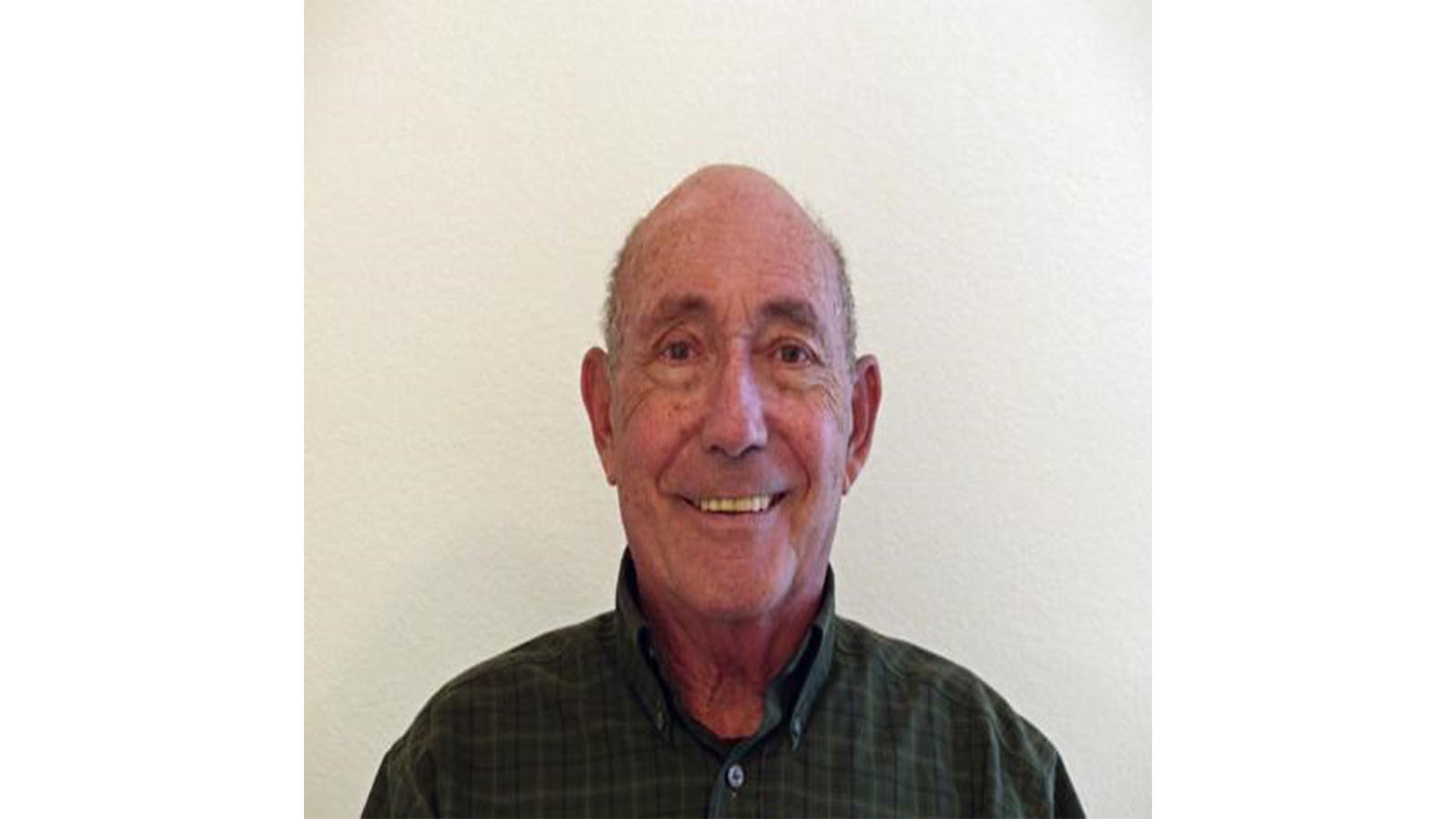
AIAA Senior Member Pressel Died in October 2023
Philip “Phil” Pressel, noted for designing the cameras for the Hexagon spy satellites, passed away on 18 October 2023. He was 86 years old.
Pressel was born in Antwerp, Belgium, and his family sought refuge from the Holocaust during World War II. Pressel was separated from his parents in France and sheltered by a Catholic family. After the war, the Pressel family was reunited and immigrated to New York where Pressel attended Stuyvesant High School.
He earned his undergraduate degree from New York University and his MSME through the RCA Graduate Study Program at the University of Pennsylvania. His professional career in mechanical engineering was spent primarily at the Perkin-Elmer Corporation, where he contributed to top-secret programs, including the two decades spent designing the cameras for the score of Hexagon spy satellites and other space instruments. One of those classified programs involved designing a large missile-tracking telescope system known as “Lazy Cat” that was installed on a mountaintop in Iran and used to track Soviet missiles and rockets in flight. A low point was when the last Hexagon satellite, into which he had put many years of work, blew up on the launch pad.
Pressel joined the AIAA New England Section in January 1966, and transferred to the San Diego Section when he retired in 1999. In 2005, Pressel wrote a book of his experiences surviving the Holocaust, They Are Still Alive (Dorrance Publishing), and he received great fulfillment in addressing youth and school groups about the Holocaust. After the Hexagon program was declassified, he wrote another book called Meeting the Challenge: The Hexagon KH-9 Reconnaissance Satellite (AIAA, 2013). Pressel gave many presentations about the Hexagon Reconnaissance Satellite to AIAA groups and other organizations throughout the United States.
In 2015, he received the San Diego Section Award for Outstanding Enhancement of the Image of the Aerospace Profession. Even with setbacks, including a kidney transplant and mobility impairment, Pressel was an active section member and continued to attend section meetings and AIAA conferences.
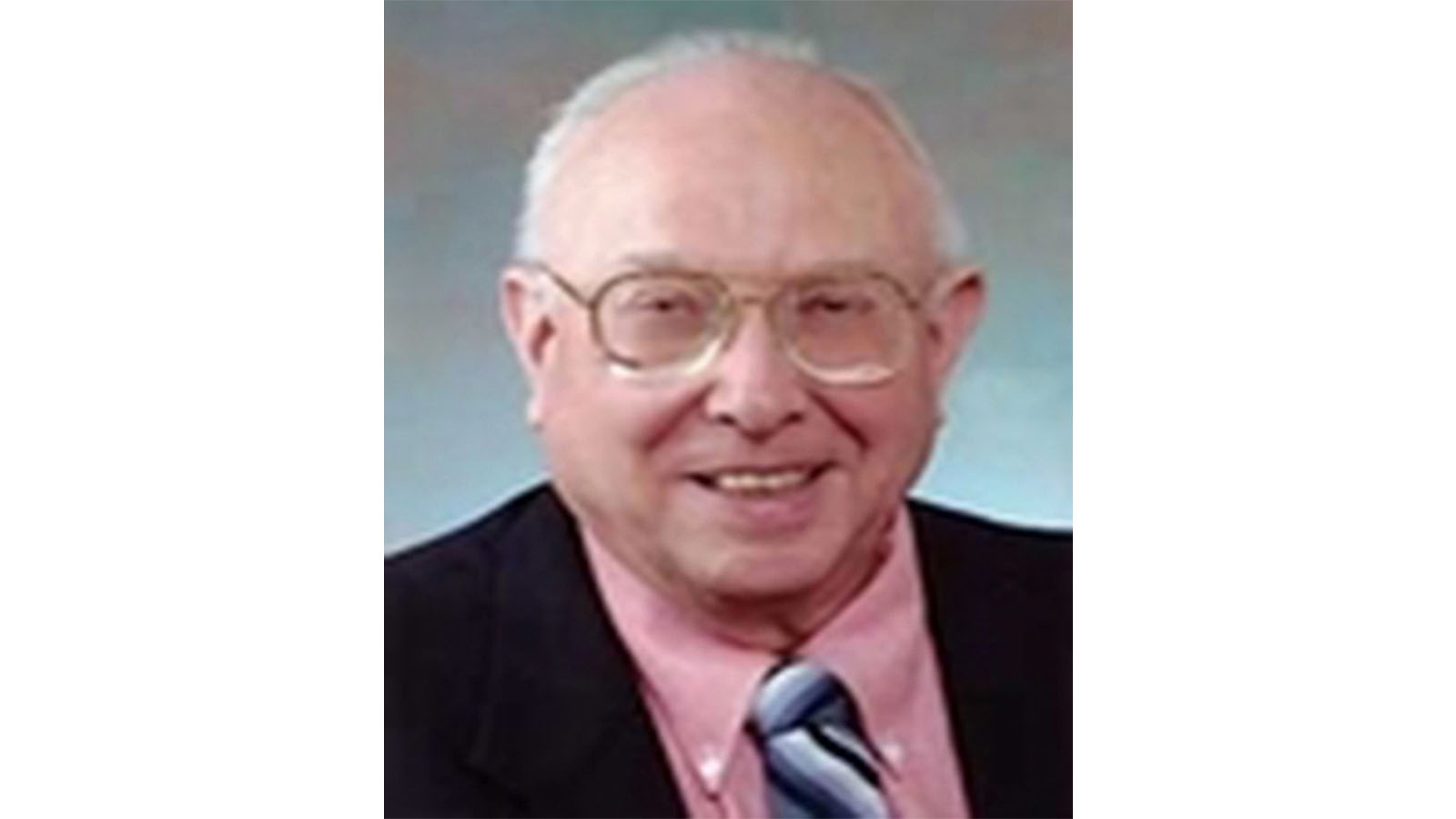
AIAA Fellow Newberry Died in January 2024
Conrad F. Newberry died on 3 January 2024. He was 92 years old.
Newberry completed his undergraduate studies at the University of Southern California in 1957, receiving the BEME (Aeronautical Sequence) degree. His subsequent graduate studies at California State University, Los Angeles included both fluid dynamics and education, and he received his MSME degree in 1971 and his MAEd degree in 1974. He completed his doctoral studies at the University of California, Los Angeles in 1985. His research interests included experimental and theoretical assessment of waverider-configured platforms for both aeronautical and space flight missions, wingship design, exergy as a design variable, aircrew-centered system design, environmental security issues, and aircraft design.
For almost 20 years, Newberry worked for numerous aircraft companies, including Dixon Aircraft, North American Aviation, Atlantic Research, Celesco, Lockheed Aircraft Service, Northrop Aircraft, and Rockwell International. He also taught Aeronautical Engineering at California State Polytechnic University, Pomona, California for nearly 26 years (1964–1990). He then joined the faculty of the Department of Aeronautics and Astronautics at the Naval Postgraduate School (NPS) in 1990, where he taught naval aviators how to design military aircraft and guided missiles. His NPS students included military pilots who would eventually become aircraft program managers, as well as a number of students who eventually became NASA astronauts.
Newberry was the author of many AIAA technical papers, and he also co-authored the book, The YC-14 STOL Prototype: Its Design, Development, and Flight Test (AIAA, 1998), with John K. Wimpress. He was also a co-editor with Barnes McCormick and Eric Jumper of Aerospace Engineering Education During the First Centry of Flight (AIAA, 2004).
He received numerous awards and recognitions for his service throughout his professional career, including the 1986 AIAA J. Leland Atwood Award, a 1991 AIAA Special Service Citation, and the 2006 AIAA Distinguished Service Award, “for ceaseless efforts to enhance aerospace system design education, and for five decades of leadership in aerospace engineering technology, education, and career development.” He was a Fellow of AIAA, the American Society for Engineering Education, the Institute for the Advancement of Engineering, and the British interplanetary Society.
Finally, Newberry was extremely active in AIAA and served on many AIAA committees and technical committees (TC), including the Career and Workforce Development Committee, the Atmospheric and Space Environments TC, the Aircraft Design TC, the Committee on Higher Education, the Student Activities Committee, the Technical Activities Committee, and the AIAA Board of Directors. He was a member of the editorial advisory board for the AIAA Education Series from 1998 to 2021.
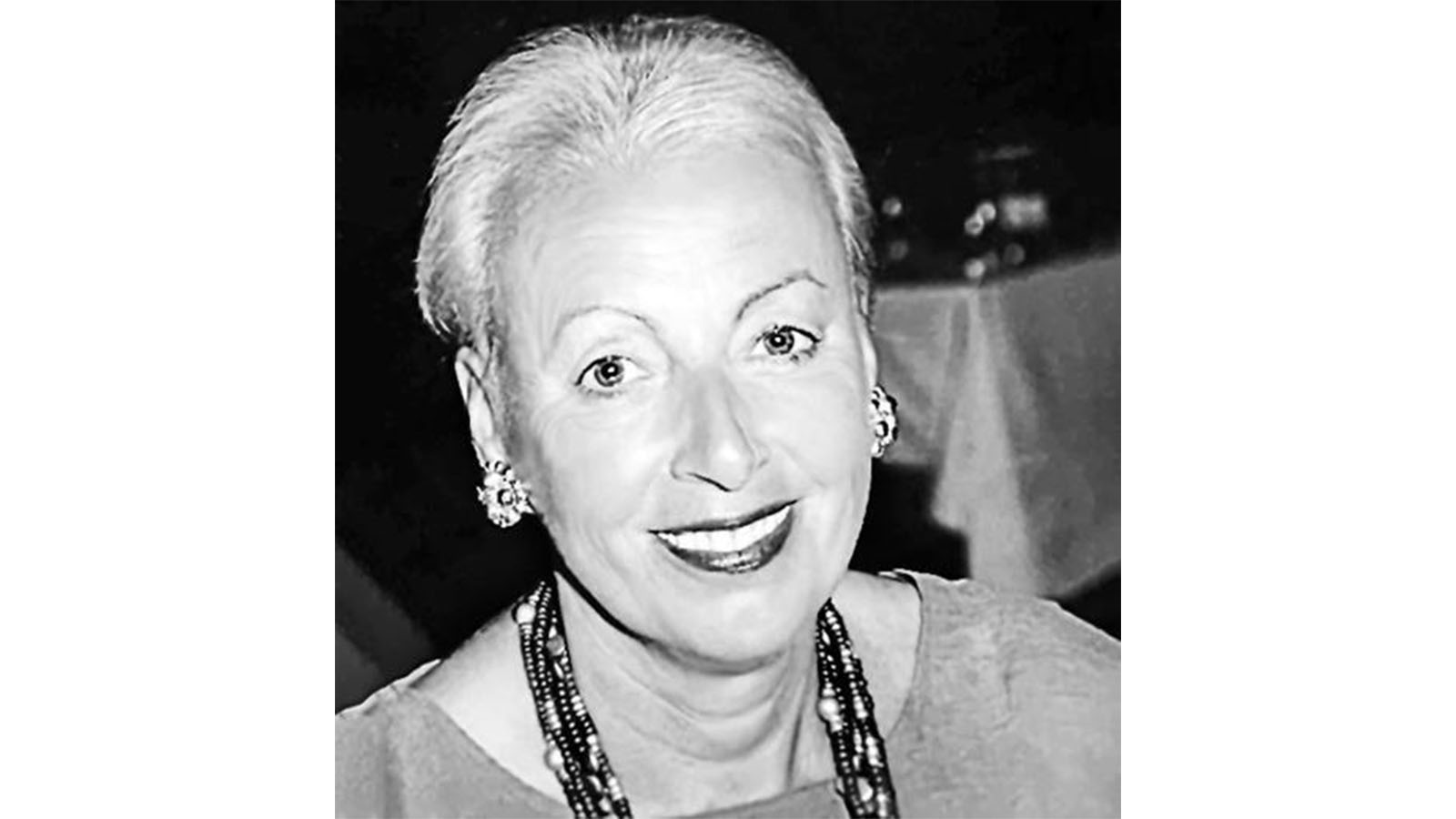
AIAA Associate Fellow Gerard Died in January 2024
Mireille M. Gerard died on 6 January 2024. She was 84 years old.
Gerard moved to the United States after graduate studies in business, economics, and law in Paris. She oversaw international and corporate relations for over 35 years.
Working with AIAA, she provided oversight to both AIAA Corporate Member interests and created the Corporate Member Committee. She oversaw the International Activities Committee (IAC), and she was the person responsible for strengthening AIAA’s interaction with the rest of the world working through three primary multilateral partners: the International Astronautical Federal, the International Council on Aeronautical Sciences, and the Committee on Space Research.
Gerard pioneered the first World Space Congress (held in Washington, DC) in 1992, and its subsequent follow-up in 2002. The 1992 event was the first time that the international space science community was brought together with the international engineering community to discuss matters of importance that charted the future of the global engagement of space scientific and mission priorities.
At AIAA, Gerard also developed the Institute’s engagement of and interaction with international governmental bodies such as the United Nations’ Committee on the Peaceful Uses of Outer Space (UN COPUOS). She was the person who helped internationalize the operational elements of AIAA and broadened its appeal to non-U.S. professionals who engaged with the Institute.
In 2000, Gerard was recognized with the AIAA International Cooperation Award for “singularly distinctive contribution in developing and executing AIAA’s international activities and advancing the spirit of cooperation throughout the world.
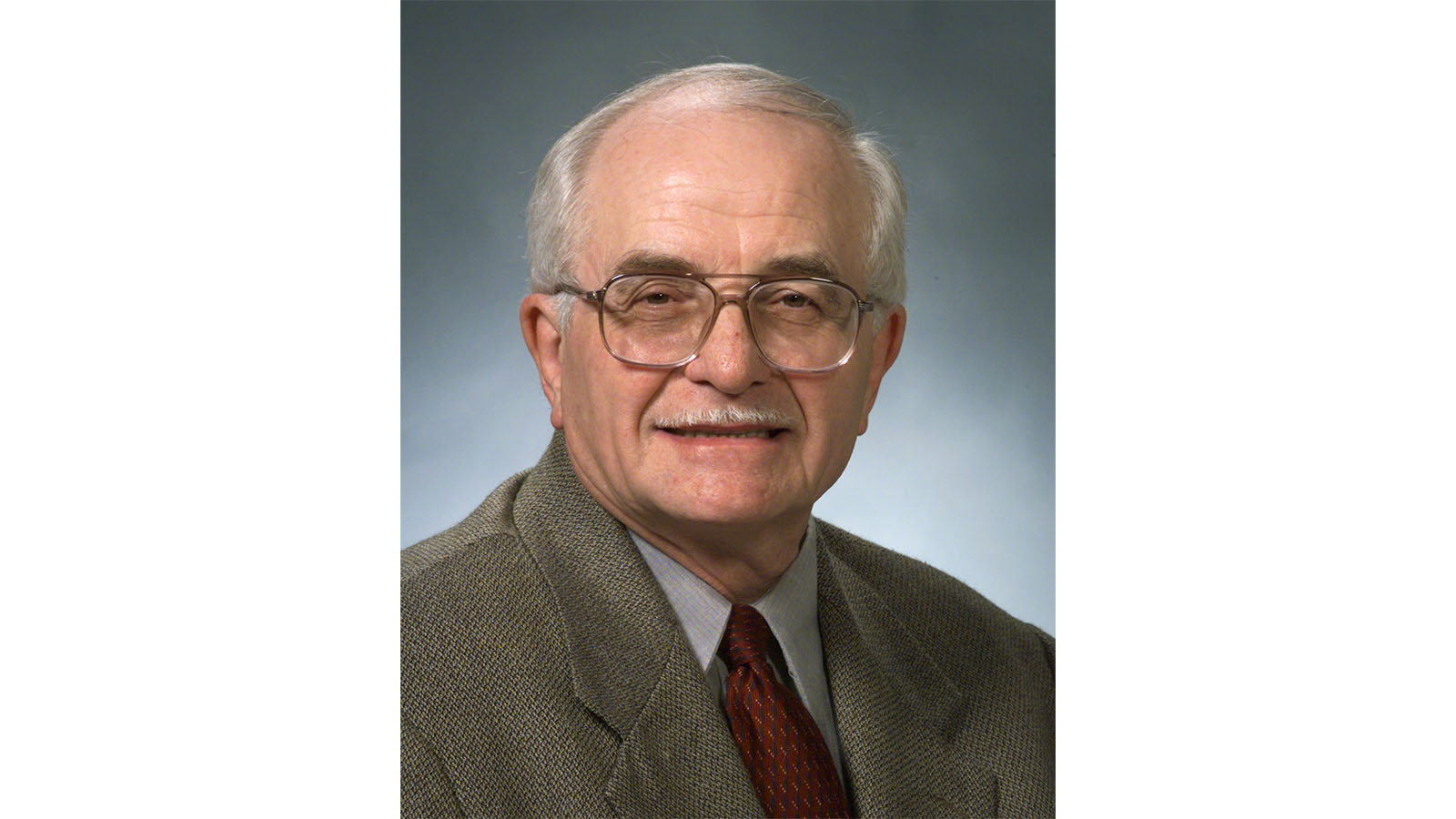
AIAA Associate Fellow Juhasz Died in January 2024
Albert J. Juhasz died on 11 January 2024. He was 87 years old.
Born in Hungary, Juhasz’s family fled to Germany to escape communism at the end of World War II. The family emigrated to the United States in 1951. Juhasz earned a bachelor’s degree in Mechanical Engineering from Case Western Reserve in 1960, and a master’s degree from the University of Toledo in 1968. He began coursework on a Ph.D., but work and family obligations delayed his completion.
Juhasz started a distinguished career as an electrical engineer at NASA in 1963. His career as a Thermodynamicist and Space Power & Propulsion engineer spanned more than 60 years, and he was author or co-author of over 100 publications. Juhasz had a lifelong passion and natural aptitude for mathematics and engineering and developed specialized computer codes to study Brayton engines, lightweight radiators, and thrusters. In 2005, at the age of 68, he completed his doctoral dissertation and was awarded a Ph.D. in Mechanical Engineering from Cleveland State University.
Juhasz was recognized with a Space Act Award in 2004 and 2008. He served many years as a trustee for the Lewis Engineers and Scientists Association. A long-time member of the AIAA Northern Ohio Section, Juhasz was a very active volunteer. He served as a Technical Officer from 2011 until his death and was a STEM officer from 2010 to 2011. He also was a member of the AIAA Space Environmental Systems Program Committee (2011–2012). He presented a lecture for the section entitled, “Gas Turbine Energy Conversion Systems for Nuclear Power Plants based on Liquid Fluoride Thorium Reactor (LFTR) Technology.” In 2001, he received an AIAA Special Service Citation.
Stay Up to Date
Submit your email address to receive the latest industry and Aerospace America news.




